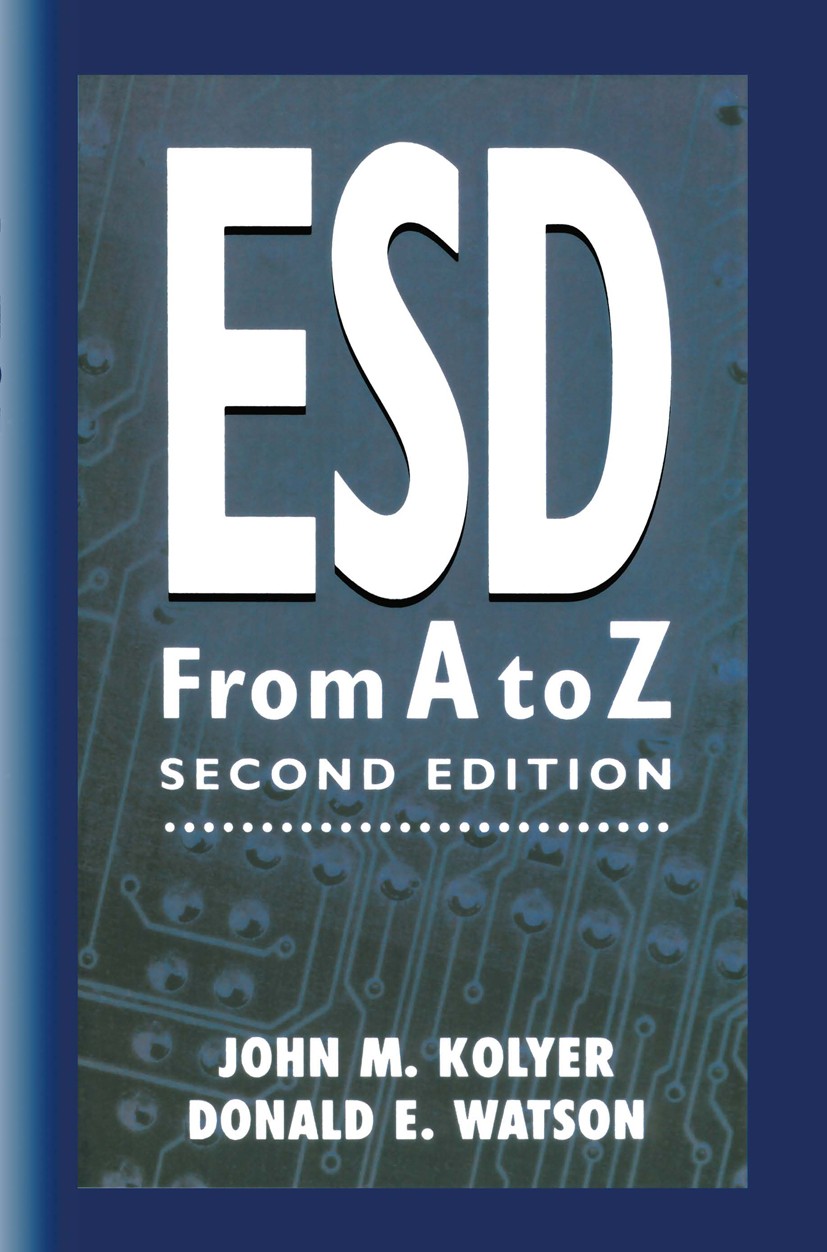| 书目名称 | Task-Directed Sensor Fusion and Planning | | 副标题 | A Computational Appr | | 编辑 | Gregory D. Hager | | 视频video | http://file.papertrans.cn/901/900836/900836.mp4 | | 丛书名称 | The Springer International Series in Engineering and Computer Science | | 图书封面 |  | | 描述 | If you have ever hiked up a steep hill to reach a viewpoint, you will know that sensing can involve the expenditure of effort. More generally, the choice of which movement an intelligent system chooses to make is usually based on information gleaned from sensors. But the information required to make the motion decision may not be immediately to hand, so the system . first has to plan a motion whose purpose is to acquire the needed sensor information. Again, this conforms to our everyday experience: I am in the woods and don‘t know which direction to go, so I climb up to the ridge to get my bearings; I am lost in a new town, so I plan to drive to the next junction where there is sure to be a roadsign, failing that I will ask someone who seems to be from the locality. Why, if experiences such as these are so familiar, has the problem only recently been recognised and studied in Robotics? One reason is that until quite recently Robotics research was dominated by work on robot arms with limited reach and fixed in a workcell. | | 出版日期 | Book 1990 | | 关键词 | Extension; Moment; artificial intelligence; decision theory; intelligence; modeling; programming; robot; rob | | 版次 | 1 | | doi | https://doi.org/10.1007/978-1-4613-1545-2 | | isbn_softcover | 978-1-4612-8828-2 | | isbn_ebook | 978-1-4613-1545-2Series ISSN 0893-3405 | | issn_series | 0893-3405 | | copyright | Springer Science+Business Media New York 1990 |
The information of publication is updating

|
|
 |Archiver|手机版|小黑屋|
派博传思国际
( 京公网安备110108008328)
GMT+8, 2025-11-18 23:03
|Archiver|手机版|小黑屋|
派博传思国际
( 京公网安备110108008328)
GMT+8, 2025-11-18 23:03


